Novi, Michigan is on the verge of a transformative economic development that could reshape its western corridor. A massive $270 million mixed-use project, tentatively called Novi City West, is planned adjacent to the Suburban Collection Showplace convention center. The ambitious proposal – spearheaded by long-time Showplace owner Blair Bowman – promises to deliver a new 50-acre walkable district complete with a 225-room hotel, 400+ residential units, a grocery store, restaurants, and retail space. Local leaders tout the project as a potential game-changer that will revitalize the Grand River Avenue corridor and serve as a catalyst for economic growth in Novi and greater Oakland County. The development’s success, however, hinges on securing critical public incentives and community support – setting the stage for a high-stakes effort to turn this bold vision into reality.
The proposal arrives at a time when Novi is experiencing steady growth and looking to enhance its regional profile. As a prosperous Metro Detroit suburb that saw its population jump 20% from 2010 to 2020, Novi has already established itself with major draws like Twelve Oaks Mall, thriving corporate campuses, and the Suburban Collection Showplace (a 600,000-square-foot exposition center). Yet, city officials and developers see room for further growth by creating a concentrated mixed-use hub that can attract new investment and keep convention visitors – over 2 million annually – spending time and money in the city. This article provides an in-depth look at the Novi City West development plan, its components, the economic incentives making it viable, and the broader real estate implications for Novi and the region.
.png) Suburban Collection Showplace, Facebook
Suburban Collection Showplace, Facebook
Novi City West Development Overview
Announced in late May 2025, the Novi City West project is one of the most significant suburban developments proposed in Michigan in recent years. Blair Bowman, who founded and expanded the Suburban Collection Showplace over the past three decades, is the driving force behind the plan. Having gradually acquired dozens of parcels of land around the convention center since the 1990s, Bowman now aims to consolidate them into a cohesive district he describes as a “walkable, integrated urban district”. In essence, Novi City West is envisioned as a new downtown-style node for Novi – a high-density, pedestrian-friendly area combining living, working, lodging, shopping, and entertainment uses.
Conceptual rendering of the planned Novi City West development, showing a blend of mid-rise hotel and residential buildings alongside pedestrian plazas. The project aims to create an urban-style, walkable district integrated with the existing convention center.
The site for Novi City West spans approximately 50 acres on both sides of Grand River Avenue, immediately west of the Suburban Collection Showplace. This stretch of Grand River (near Beck Road and I-96) has historically been a light-industrial corridor, but was recently rezoned to accommodate mixed-use redevelopment. In 2017, Novi established the Grand River Avenue Corridor Improvement Authority to guide revitalization of this area, laying the groundwork for a project of this magnitude. With the new zoning ordinance – informally dubbed the “City West” district – in place, Bowman’s plan can move forward with higher density and a design tailored to community input gathered over an eight-year planning process.
Key features of the Novi City West proposal include:
- Convention Hotel (225 Rooms): A brand-new hotel with 225 rooms is planned to anchor the development and complement the existing 126-room Hyatt Place hotel on the Showplace campus. Bowman has indicated this will likely be a Cambria Hotel, a modern upscale brand geared toward business travelers and conventions. The hotel would be directly integrated with the expo center facilities, strengthening Novi’s ability to lure and retain large events that require abundant lodging on-site. Convention planners have long expressed the need for more hotel capacity, and the new hotel is seen as essential to attract major trade shows and conferences that might otherwise bypass Novi. For example, the world’s largest event organizer, Informa, is considering bringing a major B2B event to the Showplace in 2028 – but it’s contingent on the new hotel being in place to accommodate attendees.
- Residential Units (400+ Apartments & Townhomes): Novi City West will deliver a significant housing boost with over 400 new residences, a mix of apartments and townhome-style units spread throughout the development. This infusion of housing will provide options for professionals, young families, and perhaps empty-nesters looking for modern living spaces with amenities at their doorstep. Not only will these new units help meet housing demand in Novi’s growing market, but having residents on-site supports the district’s vibrancy – ensuring activity beyond just the 9–5 convention hours. The inclusion of housing reflects a broader trend in suburban planning: creating mixed-use environments where people can live, not just commute in. Real estate experts note that Novi’s high median household income (around $110K in recent years) and population growth signal strong market support for these new residences. Additionally, by building upwards in an already-developed area, the project aligns with “smart growth” principles, concentrating development where infrastructure exists rather than contributing to sprawl.
- Retail, Dining and Entertainment: The plan features new commercial space to establish an entertainment and shopping district that serves both visitors and locals. A grocery store and a signature sit-down restaurant are specifically mentioned as part of the first phase, ensuring that daily needs and dining options are available within the district. Beyond that, specialty retail shops and entertainment venues (such as bars, cafes, or music/nightlife spots) will be woven into the streetscape. Bowman’s vision includes creating a destination with nightlife and leisure activities that currently have only a limited presence in Novi’s west end. By offering things to do after convention hours – from brewpubs to boutique stores – Novi City West can capture more visitor spending that might otherwise flow to other areas. It also provides Novi residents with new hangouts and services, enhancing local quality of life without venturing far. Importantly, planners indicate there will be public green space and plazas as part of the design, giving the community open areas for gathering and events and softening the look of a high-density project with natural elements.
- Infrastructure Upgrades (Traffic & Utilities): A critical component of the project is a set of infrastructure improvements to support the new development and mitigate its impacts. Chief among these is a plan to reconfigure road access and traffic flow around the site. In response to resident concerns about existing congestion on Grand River and Beck Road, the developer proposes extending a collector road through the development that will link directly to Beck Road and I-96 without forcing cars onto Grand River. In practice, this means traffic from the Showplace and the new City West buildings could have a dedicated route to the highway on-ramps, bypassing the busy Grand River/Beck intersection, which should alleviate peak-hour bottlenecks in the area. Bowman has described this controlled connector road as a “major improvement” for public safety and traffic flow, essentially creating an alternate east-west route through the site. Alongside road changes, the project will construct a pedestrian bridge over Grand River Avenue to safely connect the north and south sides of the development. This feature underscores the walkability goal – people will be able to stroll between the hotel, housing, and retail areas without crossing heavy traffic. Additionally, significant utility upgrades are anticipated: plans call for improving water and sewer infrastructure to accommodate the increased usage, an important consideration for city officials reviewing the project. Given that the land was previously occupied by factories and warehouses, some environmental remediation is also required. Old industrial sites often have contaminants in the soil or aging underground tanks; the developers will need to clean these up before construction, ensuring the area is safe and environmentally sound for new residents and businesses.
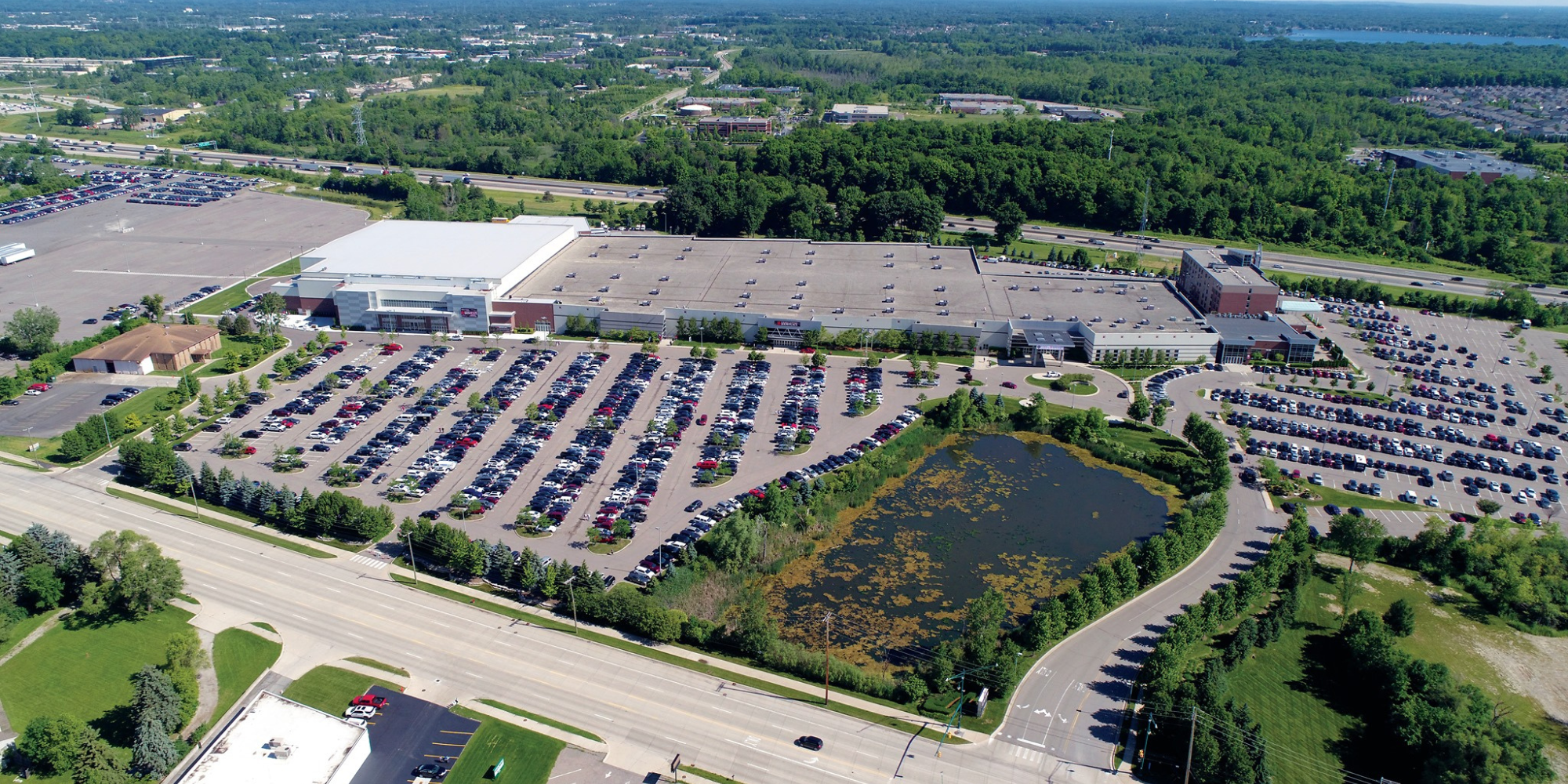 Suburban Collection Showplace, Facebook
Suburban Collection Showplace, Facebook
Economic Impact: Jobs, Tourism and Community Benefits
Local officials and economic development leaders are optimistic about the significant economic benefits Novi City West would bring. A development of this scale will directly and indirectly boost the economy in multiple ways:
- Job Creation: During the construction phase, Novi City West is expected to generate around 700 temporary jobs in fields like construction trades, engineering, and project management. These few years of building activity will inject wages into the local economy and support contractors and suppliers across the region. Once the development is completed and operational, it’s projected to sustain 150 to 200 permanent jobs on-site. These permanent positions include roles in hotel management and hospitality (front desk, housekeeping, event coordinators), retail and restaurant staff, facilities maintenance, and administrative offices. Importantly, many of these jobs are service sector and entry-level roles that could be filled by residents of Novi and surrounding communities, broadening local employment opportunities. The influx of new workers and residents also has a multiplier effect – supporting additional jobs off-site in sectors like retail (as new residents shop locally), education (if new families move in), and municipal services (with the city potentially hiring more police, fire or public works staff as the population and commercial activity grow).
- Tourism and Convention Boost: By anchoring the district with a large convention hotel and amenities, Novi aims to elevate its status as a regional event and tourism destination. The Suburban Collection Showplace already draws numerous expos, trade shows, and community events (such as the annual Motor City Comic Con and regional auto shows) that collectively attract over 2 million visitors each year. However, many of those visitors currently leave Novi to find lodging or nightlife due to limited options in immediate proximity. Novi City West directly addresses this leakage. The on-site hotel will allow more visitors to stay overnight in Novi, increasing hotel occupancy taxes and patronage of local businesses. The added restaurants, bars, and shops mean convention attendees and out-of-towners can spend their evenings (and money) within the city instead of driving to other suburbs or downtown Detroit. City officials believe this could significantly boost tourism revenue and Novi’s profile in the convention industry. Mayor Justin Fischer noted that this project is an “exciting, strategic opportunity” to bolster tourism in the region and capture economic activity that previously bypassed the area. If Novi can host larger events (like the potential Informa trade show in 2028) thanks to expanded facilities, it will further cement the city’s reputation as a go-to conference locale – competing with bigger markets while benefiting local hospitality businesses. Increased visitor traffic also benefits Oakland County as a whole, as travelers often extend their stays to visit nearby attractions (from shopping at Twelve Oaks Mall to golfing or exploring Metro Detroit sights), thereby spreading the economic impact.
- Tax Base and Long-Term Revenue: In the long run, a $270 million development will substantially expand the tax base of Novi – contributing to property tax rolls, and through increased business activity, to sales and income taxes. The site today, being largely vacant or underutilized industrial land, generates relatively little tax revenue. Once transformed into a vibrant district, the property values will rise significantly, leading to higher property tax assessments. This benefits public coffers for the City of Novi, Oakland County, and local schools (though as we’ll discuss later, some of these new taxes would initially be used to reimburse development costs via the incentive program). Over a longer horizon (after incentive periods end), the city will gain the full property tax benefit of having hundreds of new residences and thriving businesses where blighted buildings once stood. Moreover, new retail sales generate sales tax (a portion of which the state shares with communities), and any new jobs created contribute to state income tax revenue as well. The Transformational Brownfield plan being sought would divert some of these tax flows in the initial years to fund the project (more below), but ultimately the development should pay for itself and then some, given its scale. Novi’s finance and economic development officials will no doubt model out the return on investment – including how increased activity could spur higher surrounding property values and perhaps attract other developers to invest nearby. The presence of a lively mixed-use center could increase demand (and thus values) for adjacent commercial parcels or even raise residential values in Novi as the city becomes an even more attractive place to live and work.
- Community Amenities and Quality of Life: Beyond the raw numbers, Novi City West is poised to deliver less tangible but highly valued benefits to local residents. The addition of new dining, grocery, and entertainment options will fill gaps in the community’s amenity mix, particularly on the west side of the city. Residents in Novi and neighboring areas like Wixom or Walled Lake will have more choices for shopping and leisure without driving long distances. The public spaces planned – such as plazas, pedestrian promenades, and potentially outdoor event areas – create opportunities for community gatherings, farmers markets, or concerts, enhancing social life. The project essentially aims to give Novi something it’s lacked: a central, walkable “downtown” environment (Novi’s historic downtown is small and much of the city’s commerce is spread along arterial roads). This could become a point of civic pride and identity, aligning with Novi’s reputation as a forward-thinking, world-class suburb. Furthermore, by reusing a brownfield site, the project removes blight and potential safety hazards (old derelict structures) and replaces them with attractive new development. That improvement can elevate the overall perception of the area, reduce crime or vandalism associated with abandoned sites, and make western Novi a more desirable place to be. City officials have stressed that every aspect – from traffic to public safety – is being planned carefully so that the net effect is positive for quality of life. “Every time we look at a development, obviously the infrastructure – not just traffic, but water, sewer, police and fire – are always big concerns, and we take them very seriously,” Mayor Fischer assured, noting that the city is coordinating with county and state agencies to ensure all infrastructure needs are met as the project moves forward.
.png) Crain's Detroit Business, Facebook
Crain's Detroit Business, Facebook
Transformational Brownfield Program: The Key to Making It Happen
While the Novi City West plan has strong support and a clear market rationale, it faces a familiar challenge for projects built on difficult sites: the financial viability gap. Transforming a former industrial zone into a modern mixed-use complex entails extraordinary costs – from environmental cleanup and demolition of old facilities to constructing new infrastructure like roads, utilities, and a pedestrian bridge. These upfront expenses, on top of normal construction costs, can make the project economically unfeasible using private financing alone. This is where Michigan’s Transformational Brownfield Program (TBP) becomes pivotal. Project officials have been candid that Novi City West “hinges on public funding” support, and they are actively seeking assistance through the state’s TBP incentive to bridge the funding gap.
The Transformational Brownfield Program is a state incentive designed specifically to spur large-scale redevelopment projects on brownfield sites – typically obsolete, contaminated, or blighted properties that would not attract investment otherwise. Created in 2017, the program allows developers of approved “transformational” projects to be reimbursed for certain eligible costs using future tax revenues generated by the development. In effect, it operates like a sophisticated Tax Increment Financing (TIF) mechanism, but with the unique aspect that it can capture not just increases in property tax, but also other tax streams such as state income tax, sales and use tax, and even withholding taxes from new jobs. These tax revenues, which wouldn’t exist without the project, are funneled back to the developer over a period (often up to 20-30 years) to cover the extraordinary costs of the project. Once the reimbursement period is over, all those tax flows revert to public budgets – meaning the community and state ultimately gain the full benefit of the new development’s taxes after helping finance it in the early years.
In the case of Novi City West, qualifying for a Transformational Brownfield package could mean millions of dollars in support to offset infrastructure and cleanup costs. Early estimates have not been made public, but comparable projects provide some context. In April 2025, the Michigan Strategic Fund (which oversees the program) approved TBP deals for two other Michigan developments – one in Muskegon and one in Southfield – with a combined $290 million in future tax capture approved to reimburse those projects. The Muskegon plan involves converting a derelict factory complex into 571 housing units plus commercial space, and it will utilize TBP to cover an estimated 72% of project costs through tax increment gains. In Southfield (another Detroit suburb), a long-envisioned downtown-style redevelopment on vacant land was green-lit with TBP support, enabling 577 new housing units, retail space, and a parking deck to be built in the Southfield City Centre area. These examples illustrate how transformative projects around Michigan are increasingly leaning on the state’s brownfield incentive to move forward. They also set a precedent that Novi can point to: if Southfield can get help to create a dense mixed-use district on an underutilized site, Novi’s similar request appears well-aligned with the program’s goals.
The economic case for granting Novi City West a transformational brownfield incentive is strong. First, the site has documented challenges – “past industrial use which necessitates environmental remediation work and the potential demolition or renovation of derelict buildings”. These are exactly the conditions the program was designed to address, ensuring that developers aren’t penalized for choosing a brownfield site over pristine undeveloped land. Second, the sheer scale of investment ($270M) and the projected impact (jobs, housing, revitalized corridor) meet the “transformational” threshold by any reasonable definition. The state typically looks for projects that will have a substantial economic and community impact beyond the parcel itself, and City West clearly aims to uplift an entire corridor and contribute to the region’s growth. Finally, local and county leadership is on board – Oakland County’s executive and Novi’s mayor have both endorsed the project and its pursuit of the brownfield program, which is important because TBP applications often require demonstrating local support and participation (e.g. the city might have to approve a local brownfield plan in conjunction).
As of this writing, Bowman is taking his case to state decision-makers. He planned to pitch the vision to lawmakers and officials at the Mackinac Policy Conference in late May 2025 – a high-profile gathering where Michigan’s business and political leaders discuss economic policy and deals. Gaining informal support at such venues can be critical before formally submitting the incentive application to the Michigan Strategic Fund board. In addition, there is the question of state legislative support. While the Transformational Brownfield Program exists in law, the legislature could influence how many projects get approved or how funding caps are handled. (There have been efforts to expand the program or allocate more capacity due to the number of big projects seeking aid.) Novi City West proponents likely want to ensure that their project is viewed as a top contender for the next round of approvals. If successful, the development would join the ranks of previous transformational projects like Bedrock’s Downtown Detroit developments (which included the Hudson’s site skyscraper and Monroe Blocks, approved in 2018), the District Detroit expansion (a $1.5 billion plan around Little Caesars Arena that won $615 million in tax captures in 2023), and the recent Southfield and Muskegon projects in benefiting from this program. Notably, these projects show that the program is not just for downtown Detroit – it’s now helping mid-sized cities and suburbs, aligning with a broader state strategy to encourage growth across Michigan.
In summary, the Transformational Brownfield incentive is the linchpin for Novi City West. It offers a way to finance the “public good” components of the project – like cleanup, infrastructure, and possibly structured parking – without placing the full burden on the developer or local taxpayers up front. The state essentially partners in the project, banking on future success: if Novi City West thrives, the tax revenues it generates pay for the improvements. If it didn’t move forward, those tax revenues wouldn’t exist at all. As Michigan’s economic development officials have put it, such public support “makes the developments viable” in cases that would otherwise stall. For Novi, securing this support will likely determine whether shovels hit the ground by the target date of summer 2026 or whether the project remains on the drawing board.
Community Considerations: Balancing Growth with Local Input
Any development of this magnitude will understandably raise questions and concerns from the community. Novi City West has been no exception – area residents have voiced both enthusiasm for the new amenities and worries about issues like traffic, density, and preserving the character of the area. The City of Novi’s approach to this project has been proactive, aiming to incorporate community feedback through a lengthy planning and zoning process, and to put in place safeguards that balance growth with quality of life.
One of the main public concerns has been traffic congestion. The intersection of Grand River Avenue and Beck Road, near the I-96 interchange, already experiences heavy traffic at rush hour and during major events at the Showplace. News of 400 new homes and a busy entertainment district naturally led some locals to fear gridlock would worsen. In response, city and project officials commissioned traffic impact studies and engineered the aforementioned collector road solution. By connecting the new development directly to Beck Road and I-96 without forcing cars onto Grand River, the plan actually improves traffic flow for the whole area, according to the developers and city engineers. As FOX 2 Detroit reported, officials believe the project’s road design means the new traffic “will never enter onto Grand River or impact the intersection of Grand River and Beck Road” in the way initially feared. Additionally, since Grand River Avenue is under county jurisdiction, Novi is coordinating with the Road Commission for Oakland County to time any necessary signal improvements or lane adjustments with the project’s build-out. The focus on traffic mitigation seems to be reassuring some residents – turning what was a top concern into a potential net positive outcome (i.e. a new alternate route that others can use as well). Of course, execution will be key; real-world traffic patterns will need monitoring, and the city has committed to ensure infrastructure keeps pace.
Building scale and design is another local concern. The new district will certainly change the visual landscape of the Grand River corridor – replacing low-slung warehouses and empty lots with mid-rise structures (likely in the 5-10 story range). Nearby homeowners have asked about setbacks, building heights, and buffers between the development and existing residential neighborhoods. Novi’s City West zoning ordinance was crafted to address these points, requiring transitions such as landscaped buffers and height step-downs near any single-family zones. Early concept art shows modern buildings but with pedestrian-friendly frontages, ample lighting, and decorative elements to create an inviting streetscape rather than imposing concrete boxes. The inclusion of green spaces and a pedestrian bridge also helps break up the massing and integrate the project with its surroundings. City planners have indicated they will continue to refine the site plan in public meetings, ensuring that sight lines, privacy, and aesthetic standards meet community expectations. The fact that public hearings and planning charrettes were held over an eight-year period (2017–2025) to develop the City West concept suggests that many of these design concerns were surfaced and accounted for in the final plan. This doesn’t mean everyone is fully satisfied, but the extensive public input process – resulting in what officials call a “well-planned urban development scheme” – has certainly helped build a degree of consensus.
Infrastructure capacity, such as water, sewer, and public safety services, was also scrutinized. As Mayor Fischer mentioned, the city evaluates these factors for every development. In anticipation of City West, utility upgrades are being planned so that water pressure, sewage treatment, and drainage will remain adequate despite the higher density usage. Novi’s Department of Public Works will likely stipulate improvements (e.g. larger water mains, new stormwater management systems) as part of site plan approvals. On the public safety front, more development can mean more calls for police and fire services, but it also broadens the tax base that funds those services. Novi is consistently ranked as one of Michigan’s safest cities, and officials intend to keep it that way by scaling up emergency services if needed to support the new district. The fire department and police have been involved in reviewing plans to ensure building designs allow proper access for emergency vehicles and that any large venues have appropriate safety measures. The controlled road connection and improved traffic flow also aid emergency response times, addressing a subtle but important public safety benefit. From a schools perspective, 400 new homes could bring additional students to Novi’s highly-regarded school district. The impact here is expected to be moderate – some of the housing will target young professionals or downsizers without school-aged children, and the school district has planned for incremental growth. Moreover, under Michigan’s brownfield plan structure, the school tax portion of new property taxes can be reimbursed to the developer during the incentive period, meaning the schools are held harmless (they continue to get their existing revenue and eventually benefit from the full increase once the reimbursement period ends).
Overall, the City’s message to residents has been that thoughtful planning can enable growth that benefits everyone. The Novi City West project is being positioned not as an outside development imposed on the community, but rather as the fruition of a long-term vision that the community helped shape (through the Corridor Improvement plan and City West zoning). With statements emphasizing that “community concerns were addressed in the process”, officials are working to assure citizens that the end result will be a thriving district that enhances Novi’s appeal without undermining what people already love about living there. The next steps will involve continued transparency as more detailed architectural plans come out, and securing the funding so that those plans can become reality.
.png) Suburban Collection Showplace, Facebook
Suburban Collection Showplace, Facebook
Metro Detroit Trends: Suburban Reinvention Through Mixed-Use Development
Novi City West is part of a larger trend sweeping across Metro Detroit and other regions: the reinvention of suburban spaces through mixed-use developments and urban-style projects. While the city of Detroit’s renaissance over the past decade has grabbed national headlines, a quieter revolution has been happening in Southeast Michigan’s suburbs. Communities are looking to repurpose obsolete malls, office parks, and industrial sites into vibrant new districts that blend residential, commercial, and recreational uses. This trend is driven by changing market preferences and a recognition that sustainable growth can’t always mean outward sprawl – sometimes the answer is to build up and create density in strategic locations.
A notable example is just a few miles away in Southfield, where the former Northland Center mall – once the nation’s first suburban shopping mall – is being transformed into “Northland City Center,” a mixed-use campus with apartments, retail, and park space. In 2022–2023, developers secured a transformational brownfield plan (similar to Novi’s request) to support the project, which will feature 577 new housing units and commercial space on the old mall property. The state approved tens of millions in tax captures to make that happen, underscoring its importance to Southfield’s future. Likewise, in Sterling Heights, the owners of Lakeside Mall are undertaking a $1 billion redevelopment to convert the sprawling 110-acre retail site into a new downtown-style neighborhood with housing, offices, and entertainment venues. That plan, called "Lakeside City Center," has the backing of local officials and includes creative financing such as special districts and potentially state incentives. After years of decline in traditional retail, these projects show a path forward by “filling in” underused spaces with modern, experience-focused environments.
Novi itself has seen smaller-scale mixed-use projects in recent years, reflecting strong demographics and demand. For instance, the Sakura Novi development – an Asian-themed mixed-use center with shops, restaurants, and townhomes – was announced a few years ago on Grand River Avenue (farther east of the Showplace). Although Sakura Novi faced some delays, it signaled investor confidence in Novi’s market for unique destinations. The city’s robust population growth and high median income have made it a magnet for retail and residential developers. Yet, one could argue Novi lacked a traditional “downtown” or central gathering place – something Novi City West aims to create from scratch. This aligns with national trends where even postwar suburbs are trying to retrofit a “town center” for identity and walkability. We see this in projects like Downtown Northville’s expansion (redeveloping the old horse racetrack into a mixed residential-commercial extension of its Main Street), or Canton Township’s Uptown development some years back. People increasingly want the convenience of suburbia (good schools, space, parking) and the vibrancy of an urban center (cafés, cultural events, pedestrian life) – and mixed-use projects are how communities are responding.
From a commercial real estate perspective, these suburban mixed-use initiatives are also driven by practical considerations. There is a recognition that certain single-use real estate assets (like aging malls or isolated office parks) may not survive in their old form due to e-commerce and remote work trends. By incorporating housing and entertainment, developers can breathe new life into commercial properties. Housing provides built-in customers for retail, daytime office workers support restaurants, and event spaces draw visitors that create demand for hotels – it’s a synergistic effect. In Novi’s case, the synergy is particularly clear: the convention center draws people in, the new district gives them reasons to stay and spend; residents living there ensure activity year-round, not just when a convention is in session. This dynamic mix can help inoculate the area against economic swings – for example, if retail slumps, residential and hotel use might carry it, and vice versa.
Data from regional planning agencies supports the momentum for such developments. According to the Southeast Michigan Council of Governments (SEMCOG), Oakland County is projected to continue growing in population and employment through the next decade, but most growth will be in service sectors and knowledge-based industries. These workers often prefer amenity-rich environments. Additionally, a SEMCOG study noted that demand for multi-family housing in suburban centers is rising as millennials age and look for space for families without giving up urban amenities. Novi’s own master plan identifies the Grand River corridor as a key opportunity to accommodate growth in a denser form that diversifies the city’s housing stock and attracts younger residents, keeping Novi competitive with trendy urban neighborhoods in Detroit or Ann Arbor.
It’s worth highlighting that these projects also foster regional equity. Metro Detroit’s revival can’t be just about downtown; it also needs thriving suburban nodes, especially in a polycentric metro area like Detroit. Developments like Novi City West ensure that growth is distributed and that suburbs contribute to – and benefit from – Southeast Michigan’s economic resurgence. When Novi builds a district that can host large conventions or house hundreds of new families, it potentially takes pressure off other areas while also creating new opportunities for businesses (e.g., a tech firm might choose to locate an office in Novi City West to be near talent and amenities, rather than in a downtown high-rise). In short, urban reinvestment and suburban reinvestment are complementary. Metro Detroit is witnessing both, and Novi City West could become a marquee example of suburban reinvention that other communities emulate.
From Vision to Reality
The Massive $270M development planned next to Novi’s convention center is more than just a local news item – it’s a bellwether for how public-private partnership and innovative planning can reshape a community’s future. If it comes to fruition, Novi City West will stand as a testament to the power of bold vision, community collaboration, and strategic use of economic development tools. By 2030 or 2031, Novi could boast a thriving new district that not only elevates the city’s skyline but also its fortunes, setting a new standard for suburban development in Michigan.
But between now and the ribbon-cutting, there is much work to be done. The project’s fate will be determined in the coming months by critical decisions on financing and approvals. Real estate professionals, especially those in Southeast Michigan, should keep a close eye on Novi City West’s progress. Opportunities abound – from potential investment and leasing prospects in the new commercial spaces, to ripple effects on property values in the surrounding area that could inform appraisals and future development plans. Commercial brokers and residential realtors alike may find new client interest in Novi as excitement builds, so staying informed will be key.
For developers and builders, Novi City West offers a case study in assembling a complex deal and leveraging state programs to achieve a win-win outcome. The use of the Transformational Brownfield Program in a suburban context is still a relatively new frontier. Developers should note how Bowman and his team navigate the approval process with the Michigan Economic Development Corporation (MEDC) and how they structure the project’s phases (e.g., possibly timing the residential and retail components around the convention schedule). The collaborative approach with city officials – including years of groundwork on zoning and addressing community concerns – is a model worth emulating. Other cities in Michigan have similar underutilized sites; developers who can package bold ideas with community benefits and sound financing (as seen here) will be well-positioned to tap public incentive programs and achieve something extraordinary.
Economic development leaders and policymakers can also draw lessons from Novi City West. It underscores the importance of having long-term plans (like Novi’s corridor improvement strategy) ready to pair with private investment when the moment is right. It also highlights the impactful role state incentives can play outside of core downtowns – the transformational brownfield strategy is proving adaptable, from Detroit’s heart to its suburbs and smaller cities. As Michigan looks to spur development in other communities, ensuring the brownfield incentive toolkit remains robust (and perhaps expanding its capacity) could unlock many more projects that clean up blight and drive growth. For local governments, the Novi experience reinforces that being “development-ready” – with appropriate zoning, community buy-in, and infrastructure plans – can attract major investments that might otherwise pass by. There is a call to action here for regional cooperation too: Novi’s gain can benefit its neighbors through job creation and increased visitation, so nearby municipalities and Oakland County at large have a stake in supporting this project’s success.
In closing, Novi City West represents an exciting chapter in the ongoing evolution of Metro Detroit’s landscape. A once-dormant industrial tract may soon pulse with commerce, living, and entertainment, bridging the gap between suburban convenience and urban vitality. The vision is bold, but grounded in economic rationale and community needs. Now, it’s about execution – aligning public and private will to break ground by the target date of 2026. If all goes as planned, in a few short years we will see cranes on the Novi skyline and witness a brownfield transformed into a bustling city-within-a-city. The challenge and the opportunity is before us: by rallying support, expertise, and resources, Novi City West can move from concept to reality, delivering lasting value to Novi, Oakland County, and the broader region. Real estate professionals, developers, and civic leaders are encouraged to be part of this journey – through advocacy, investment, or simply sharing the story – because its success could very well inspire the next wave of transformative developments across Michigan. Novi is setting the stage; now it’s time for the community and its partners to help raise the curtain on City West.
DON'T KEEP US A SECRET - SHARE WITH A FRIEND OR ON SOCIAL MEDIA!
THINKING OF MOVING TO Metro Detroit, OR LOOKING TO RELOCATE IN THE AREA? VIEW A LIST OF CURRENT HOMES FOR SALE BELOW.
Metro Detroit Homes for Sale
The Perna Team and Michael Perna are the best real estate agents in Metro Detroit and Ann Arbor. The Perna Team and Michael Perna have been hired as a real estate agent by hundreds of home owners to sell their homes in Metro Detroit and Ann Arbor.
Posted by Michael Perna on
.34.png)



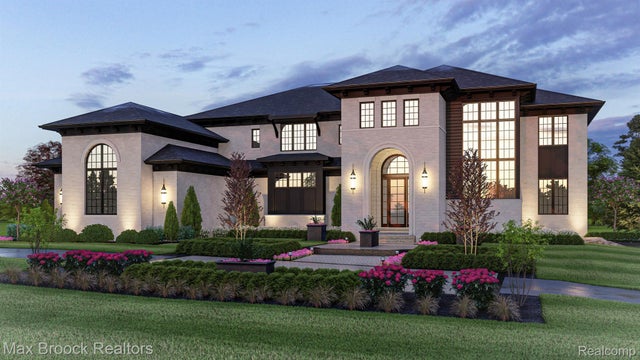
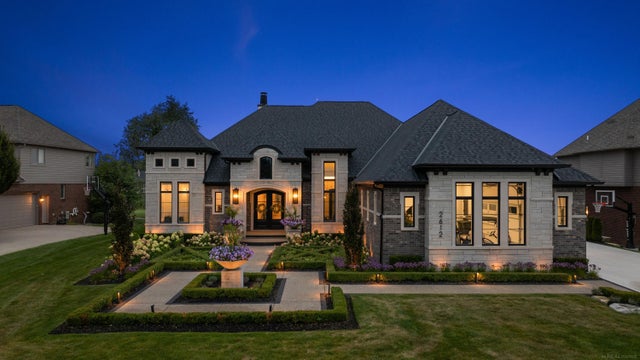
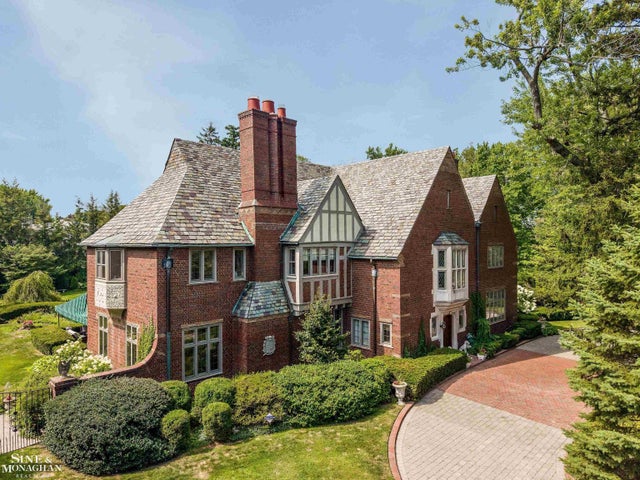
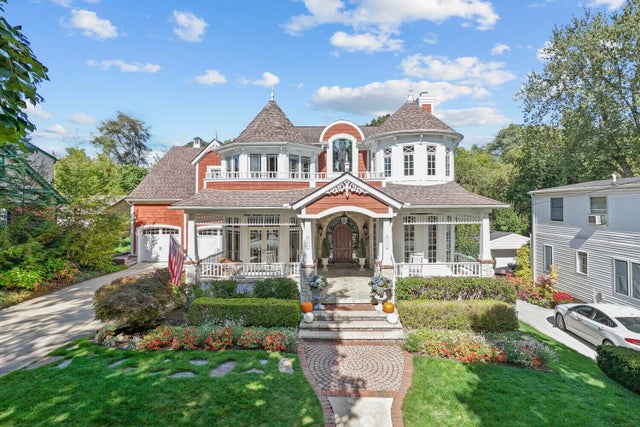
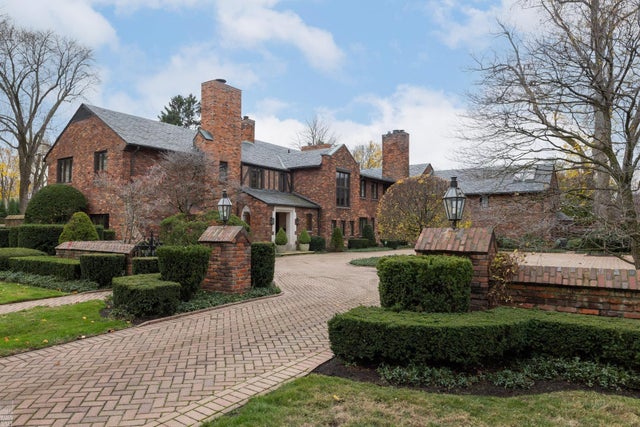

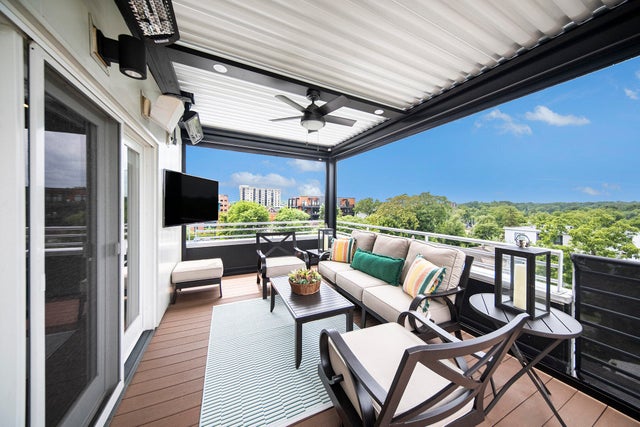
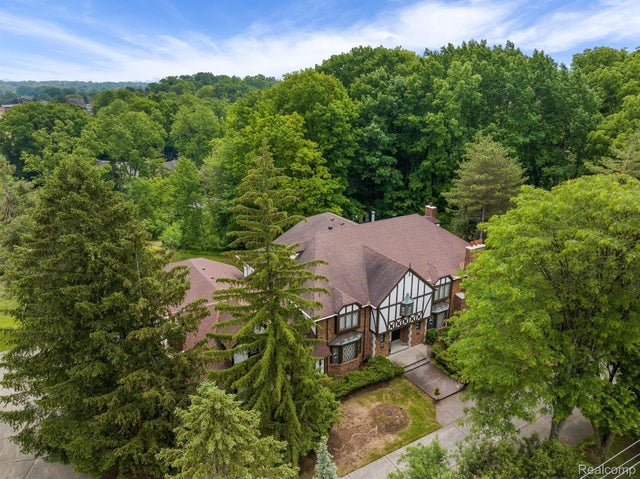
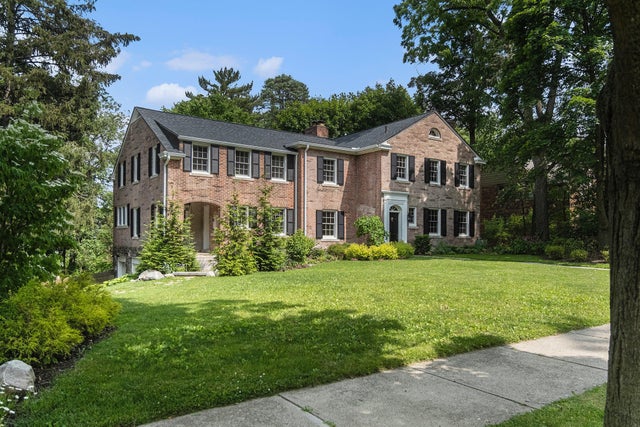
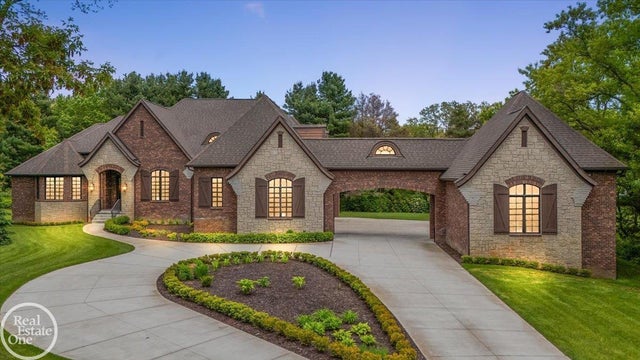
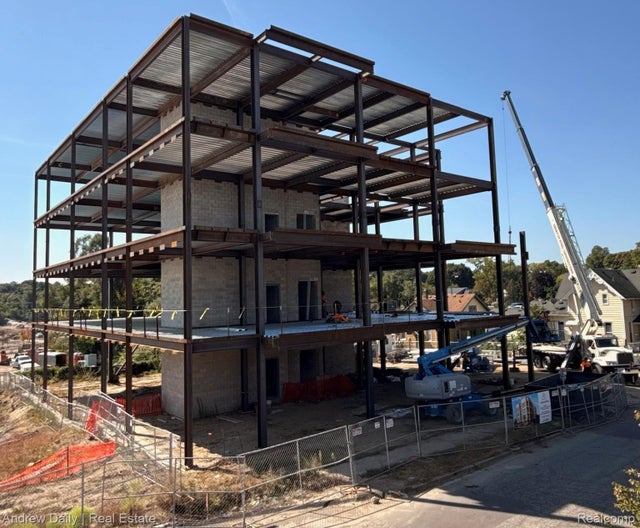
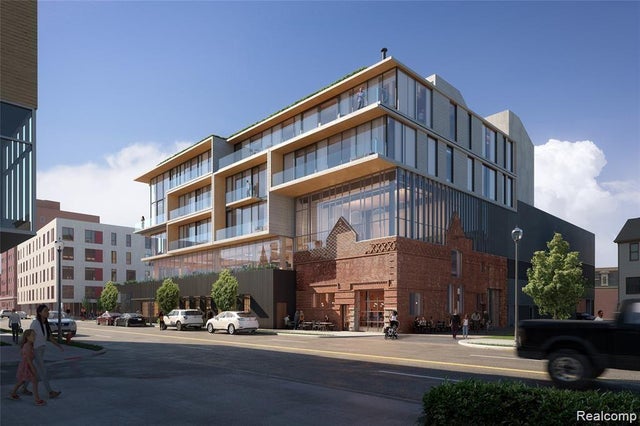
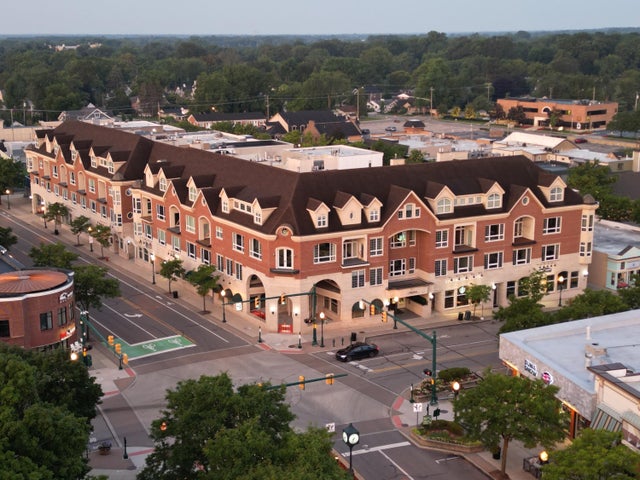
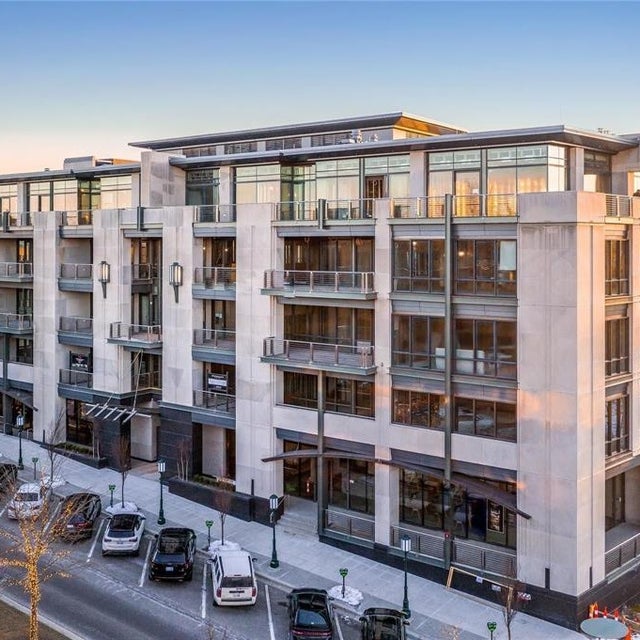

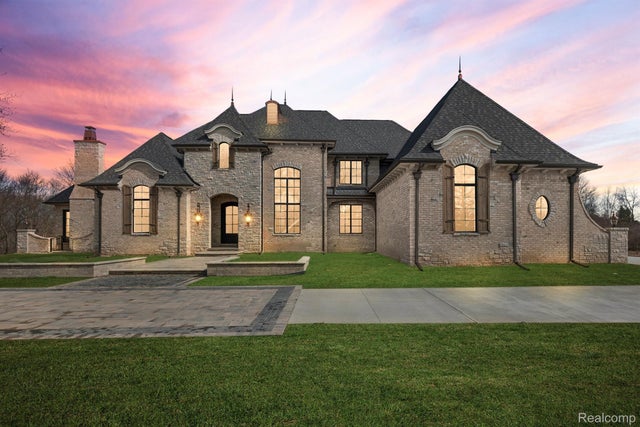
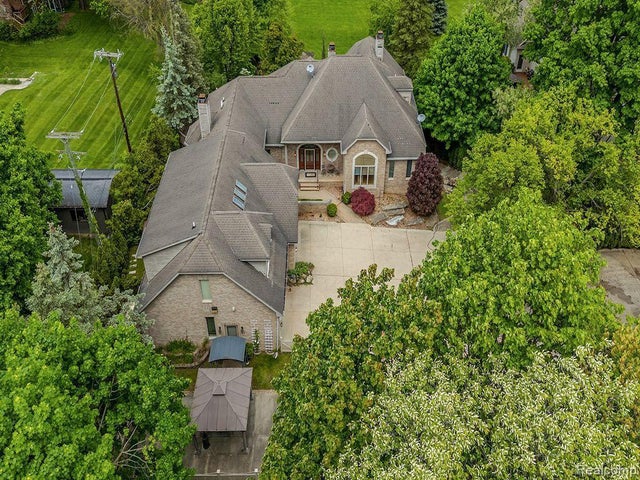
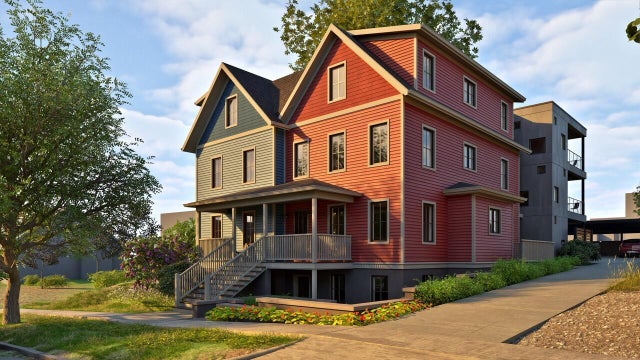
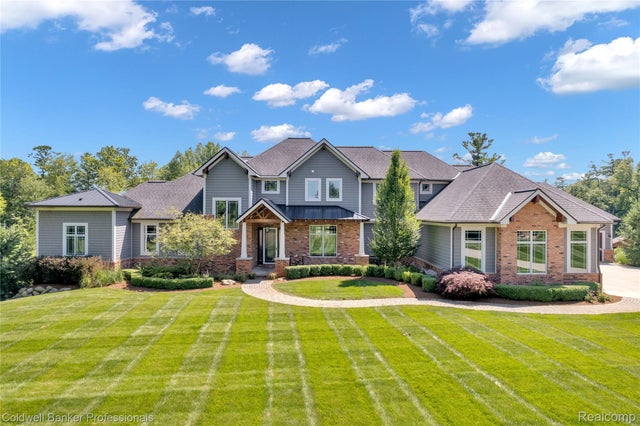
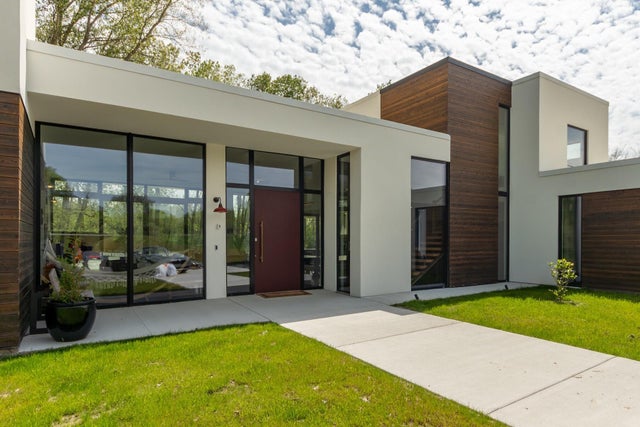
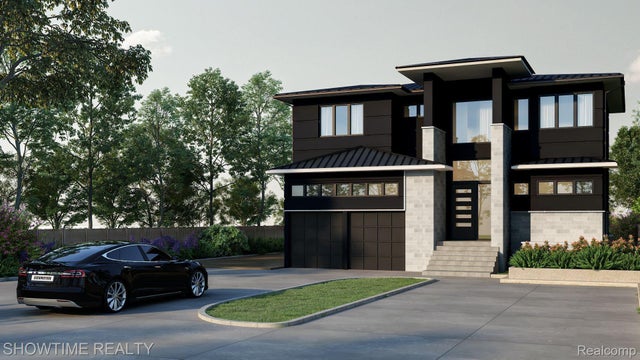
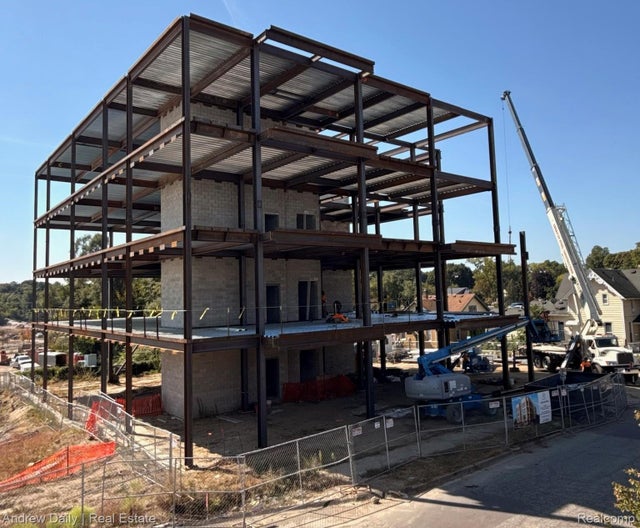
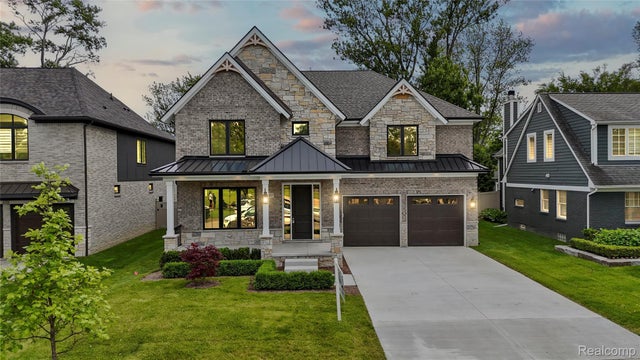
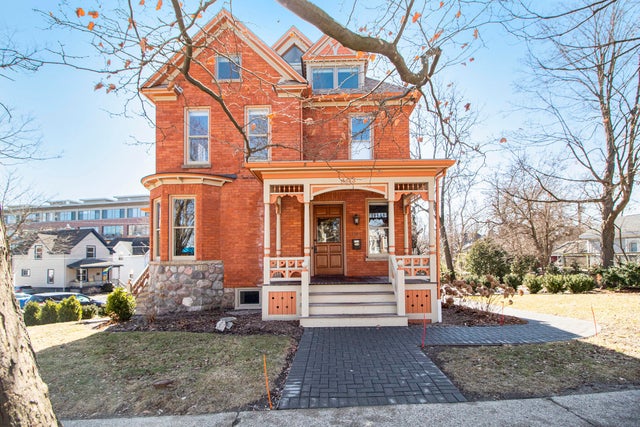
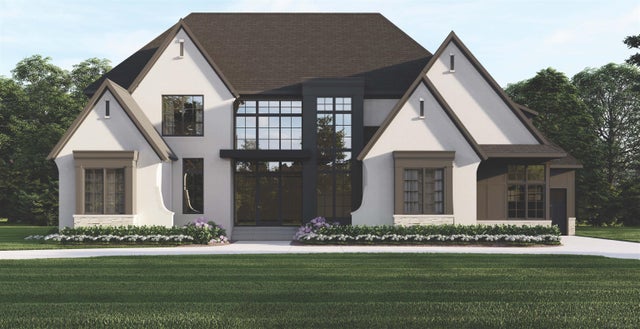
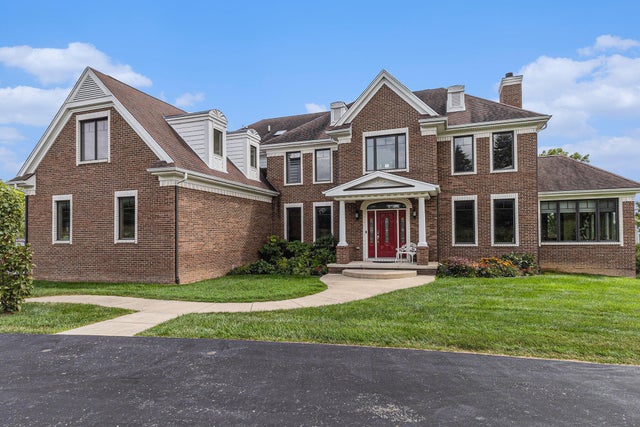
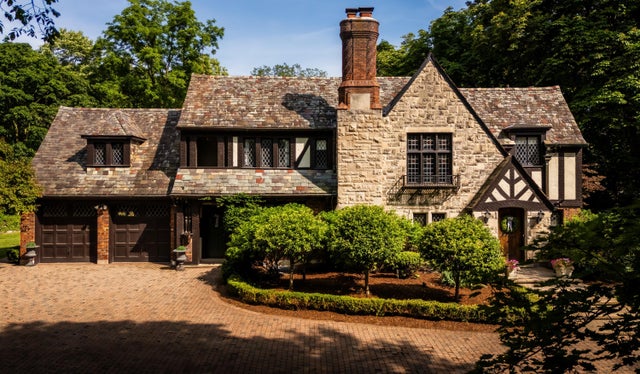
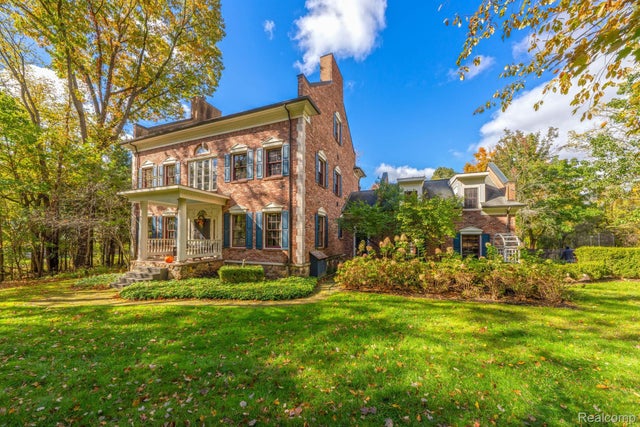
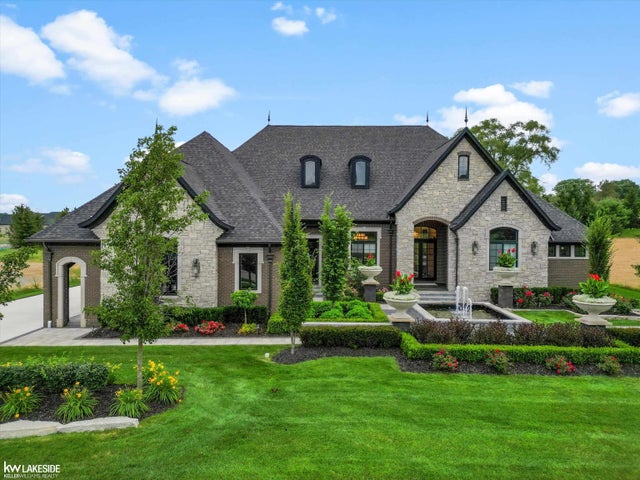
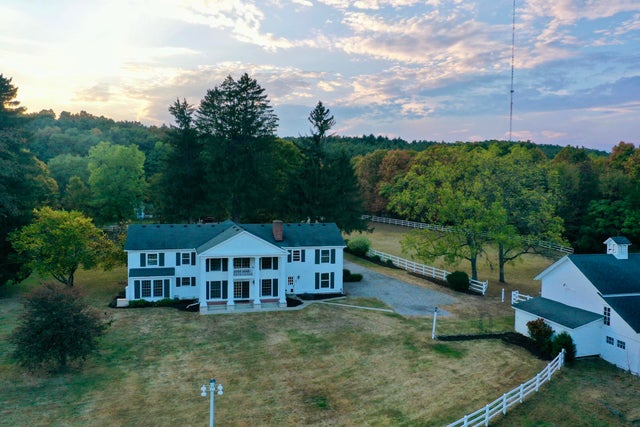
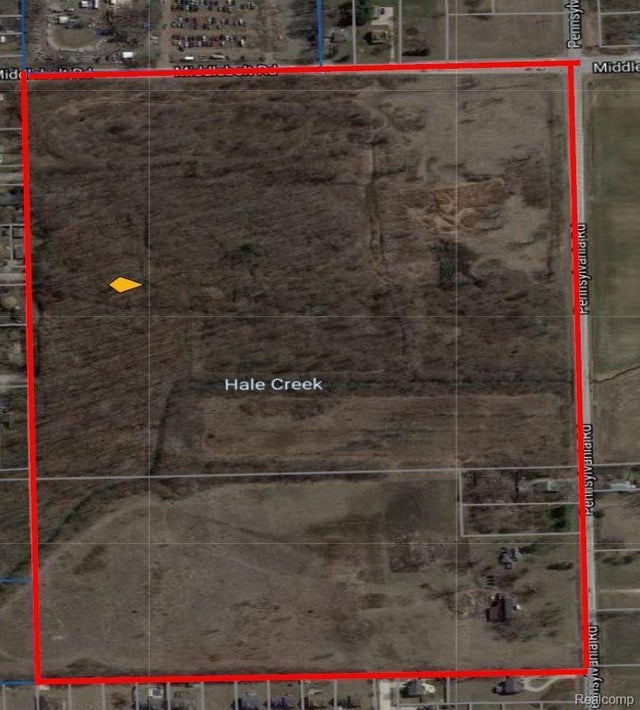
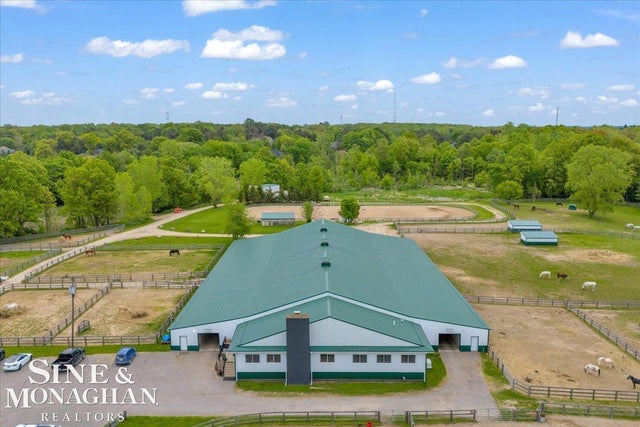
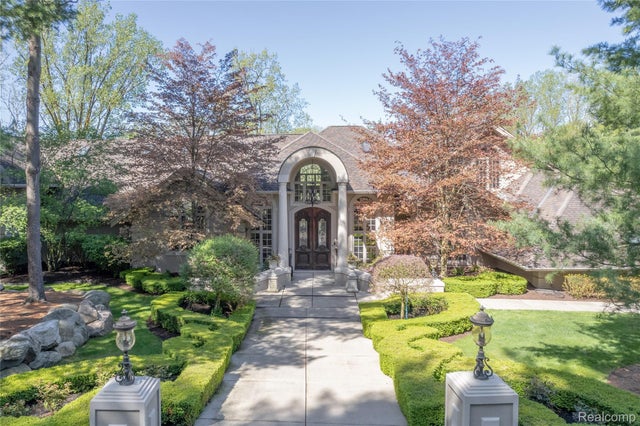
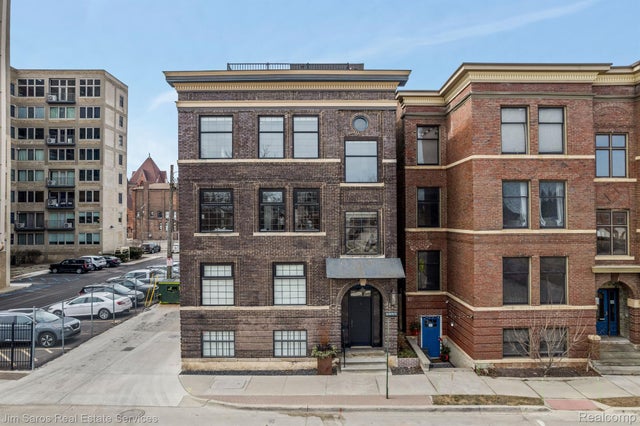
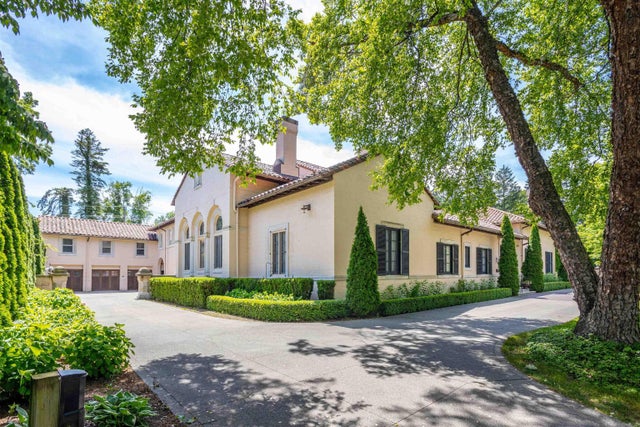
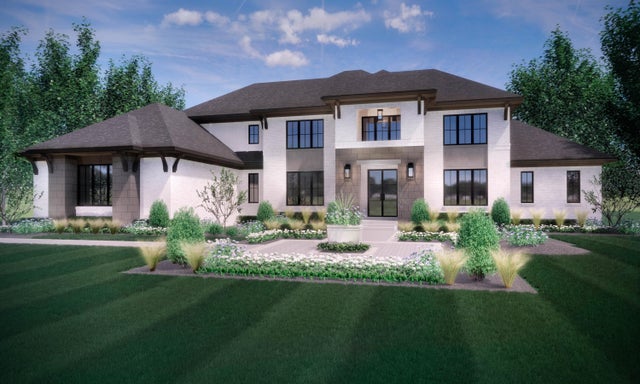
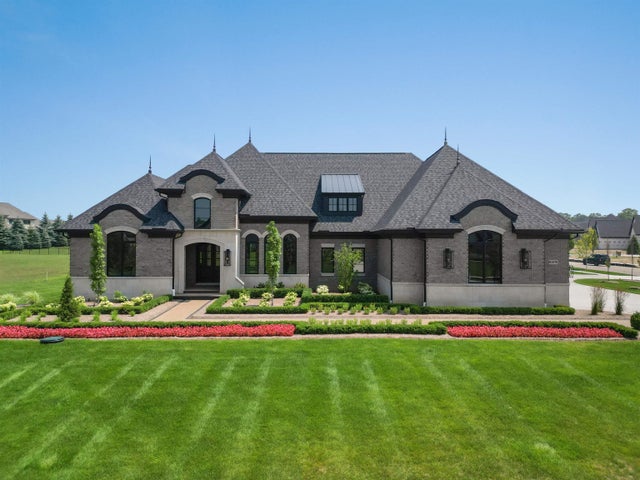
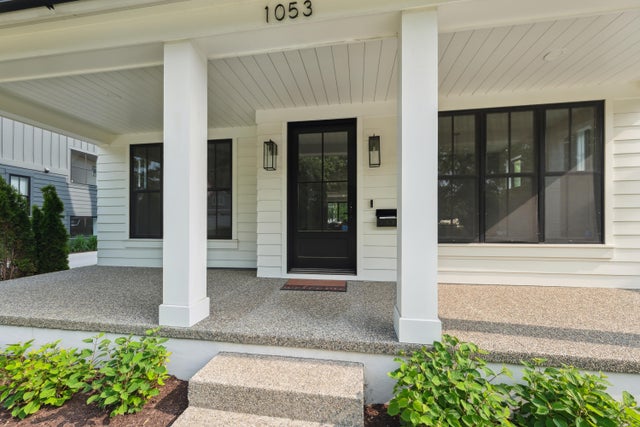
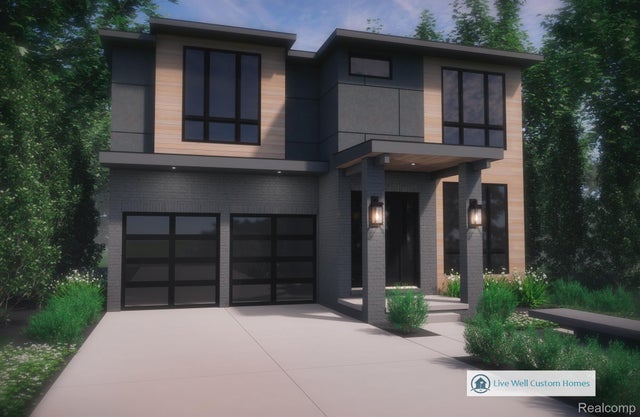
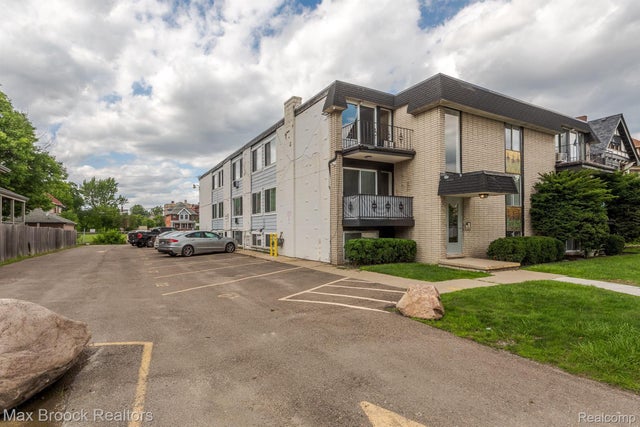
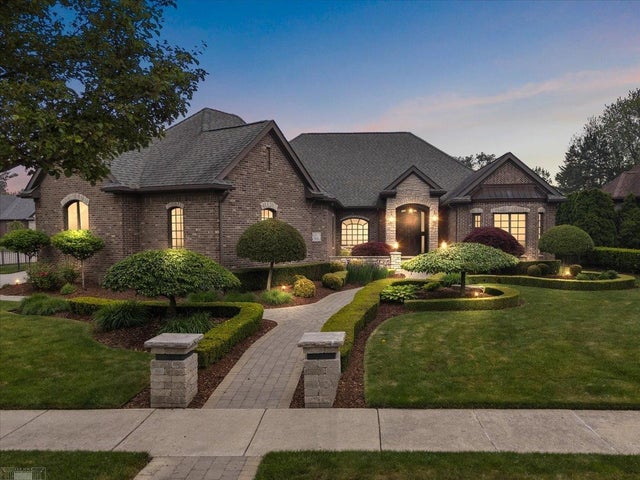
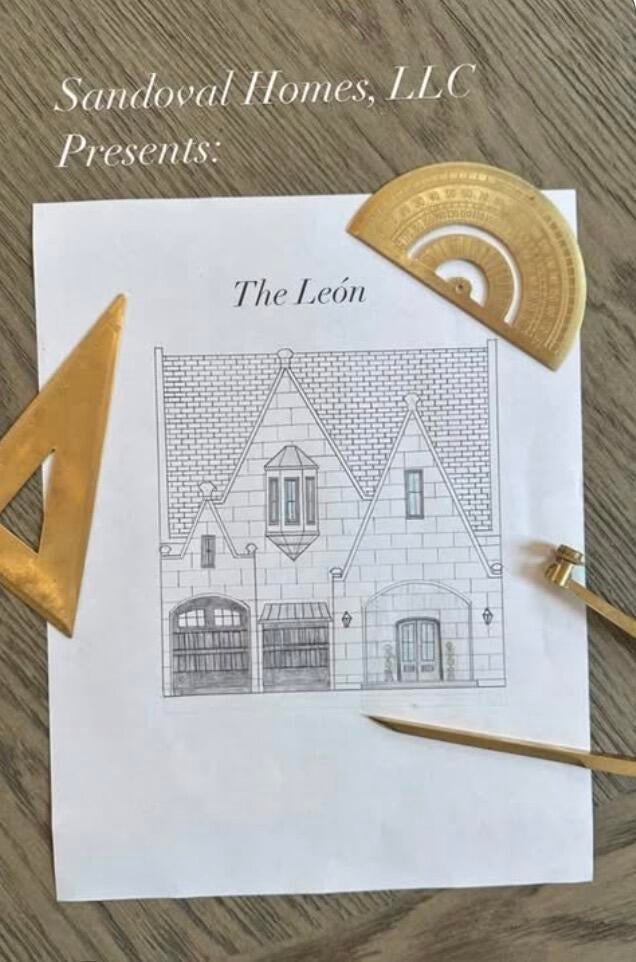
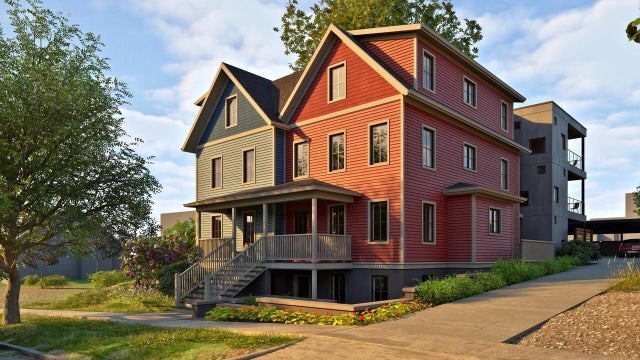
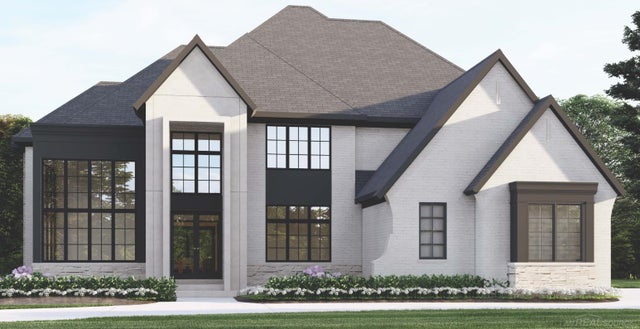
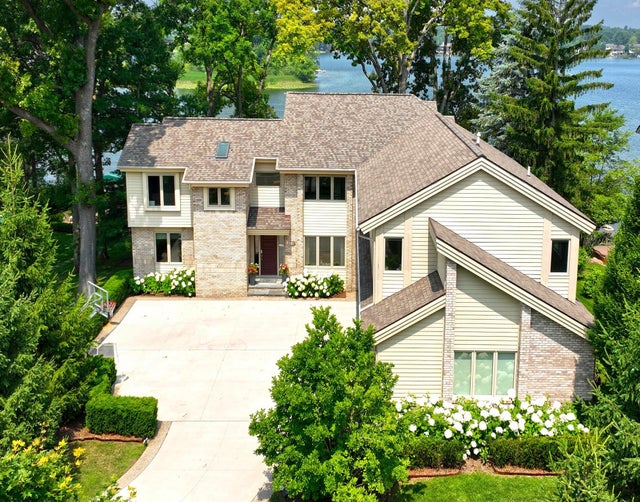
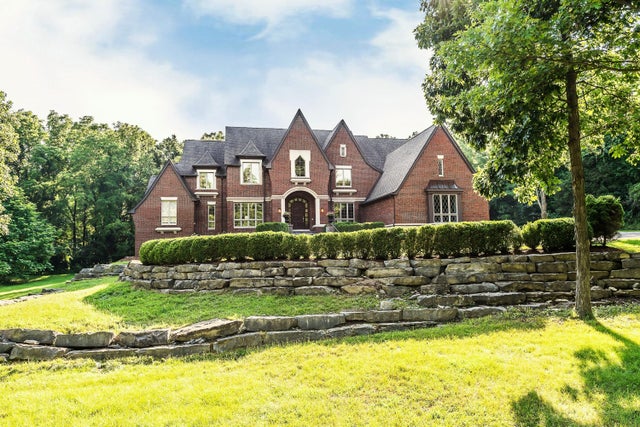
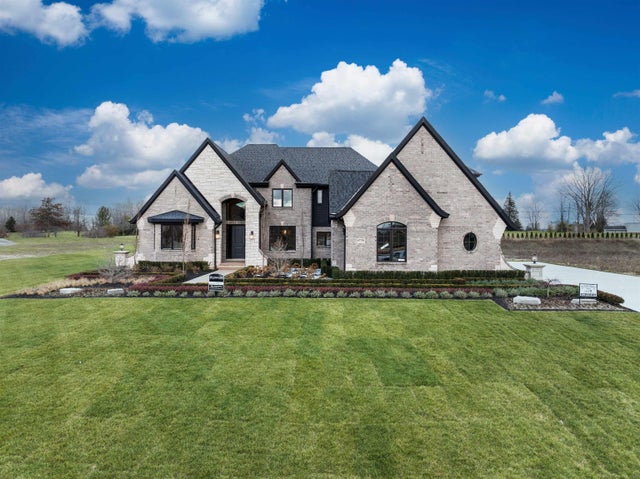
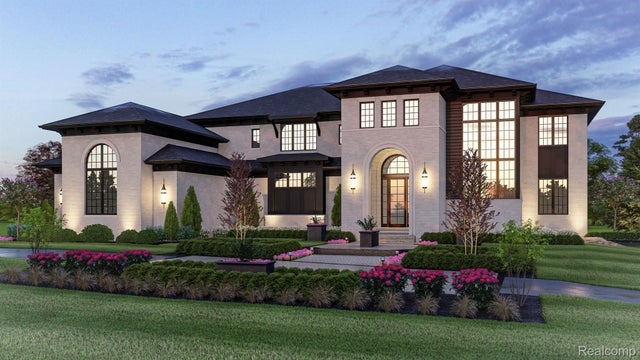
Leave A Comment